Your challenges
Micropollutants present diverse and evolving challenges across the water cycle.
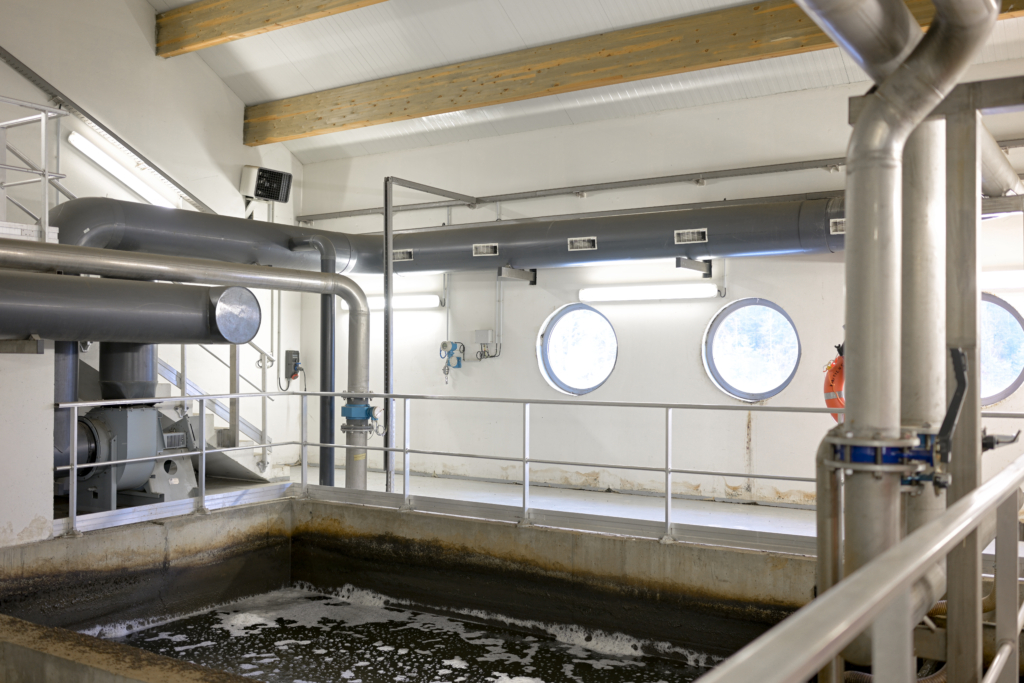
Complex and Diverse Contaminants
Micropollutants include drugs, pesticides, hormones and chemicals – each requiring specific detection and treatment systems. Our technologies are adapted to the various forms and concentrations of micropollutants.
Low Concentration, High Impact
Even in minute quantities, micropollutants can disrupt aquatic ecosystems and accumulate in the food chain, making early detection critical.
Regulatory Pressure and Public Awareness
Tightening regulations and rising public concern demand proactive monitoring and transparent communication.
Technological and Financial Constraints
Advanced treatment technologies can be costly and complex to implement, especially for smaller communities and facilities. We are proud to have developed solutions that can be adapted to your local needs.
How can the Saur group meet your needs?
The Saur Group combines scientific expertise, innovative technologies and customized support to help its customers detect, manage and eliminate micropollutants effectively. Our solutions are adaptable to your local micropollutant issues.
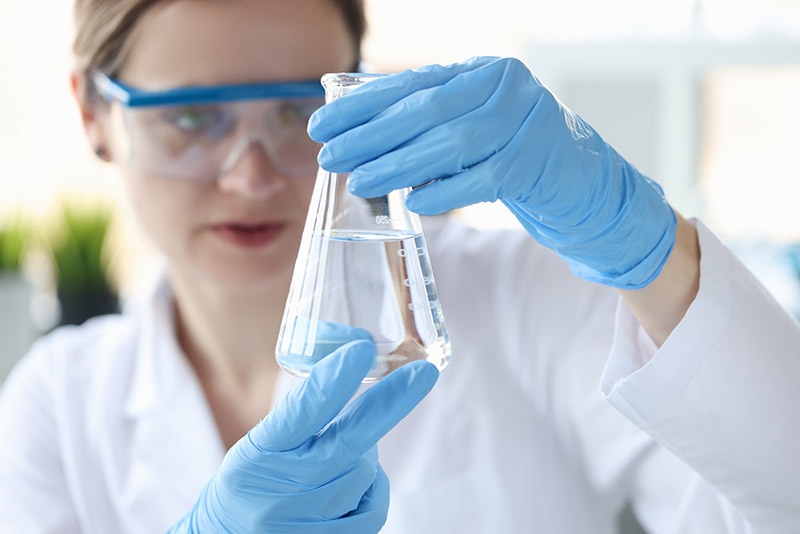
Our solutions
From concentration processes to real-time monitoring and regulatory guidance, Saur offers end-to-end solutions for micropollutant management.

- Municipal
CARBOPLUS® Drinking water
- Drinking water
- Micropollutants
- PFAS Resolve
CarboPlus® is a patented drinking water treatment process using suspended activated carbon to remove micropollutants.
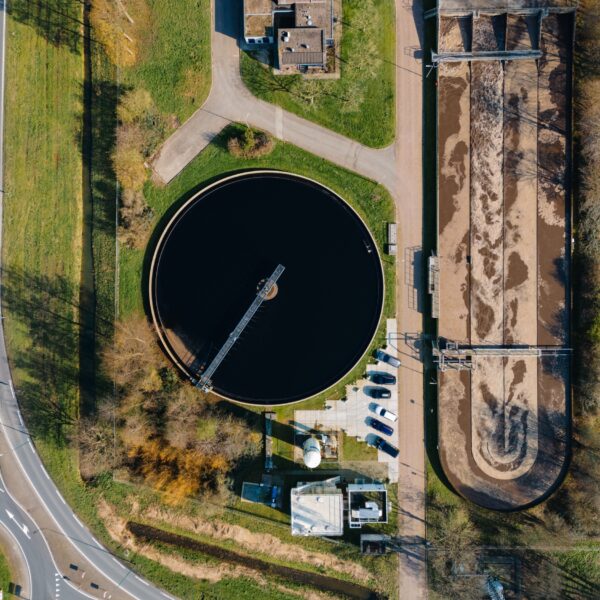
- Municipal
CARBOPLUS® Wastewater
- Micropollutants
- PFAS Resolve
- Wastewater
CarboPlus® is a patented drinking water treatment process using suspended activated carbon to remove micropollutants.
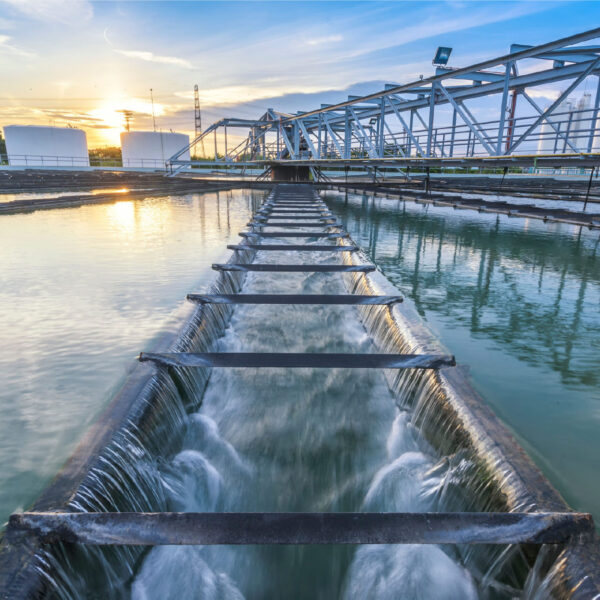
- Municipal
CARBOFLUX® Drinking water
- Drinking water
- Micropollutants
- PFAS Resolve
- Rainwater
CARBOFLUX® is a patented process designed to address the operating constraints of water types that are difficult to treat, such as water from lakes or reservoirs that are highly (...)
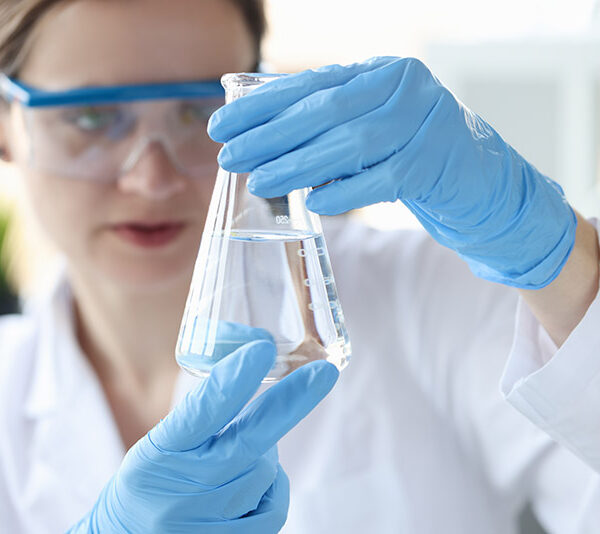
- Municipal
CLARICARB®
- Micropollutants
- PFAS Resolve
- Drinking water
CLARICARB® is a drinking water treatment process combining clarification and powdered activated carbon polishing, designed to eliminate both turbidity and micropollutants.

- Municipal
AQUA-RM® / CARBOPLUS®
- Micropollutants
- PFAS Resolve
- Drinking water
The AQUA-RM® / CARBOPLUS® combination is the best available technology to effectively treat both pollutants and micropollutants in urban or industrial wastewater.
Contact our experts
FAQs
Micropollutants are contaminants present at very low concentrations (micrograms to nanograms per liter) in water. Despite their trace amounts, their persistence and toxicity cause serious environmental and health concerns.
Heavy metals
Heavy metals such as lead, mercury, cadmium, and arsenic are toxic even at low levels. They originate from industrial discharges, mining activities, and agricultural runoff.
Organic micropollutants
These include pharmaceuticals, hormones, pesticides, personal care products, and industrial chemicals. Many of these substances are resistant to conventional treatment and require specialized removal processes.
Micropollutants enter water bodies through various pathways, including:
-
Municipal wastewater effluents containing pharmaceuticals and personal care products
-
Agricultural runoff carrying pesticides and fertilizers
-
Industrial discharges releasing heavy metals and synthetic chemicals
-
Stormwater and urban runoff transporting microplastics and other pollutants
Effects on human health
Exposure to micropollutants through drinking water or food chains can cause hormonal disruptions, antibiotic resistance, and potential long-term toxic effects, including carcinogenicity and reproductive issues.
Effects on the environment
Micropollutants affect aquatic organisms by interfering with reproduction, growth, and survival rates. Bioaccumulation through the food web can disrupt entire ecosystems.
Effective removal at wastewater treatment plants, reducing pharmaceutical disposal, promoting green chemistry, and improving agricultural practices all contribute to minimizing micropollutant pollution.